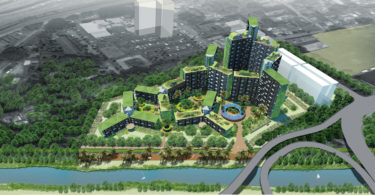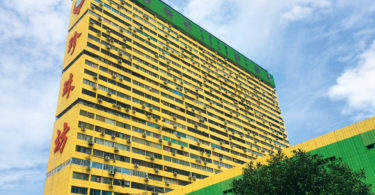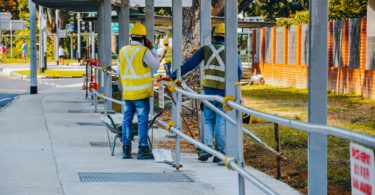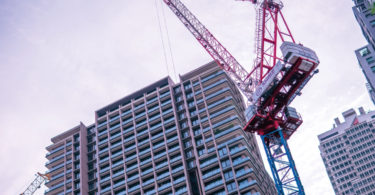The Malaysia Timber Industry Board wants to see more timber used in construction as its versatility makes it suitable for load-bearing structures.
The timber industry is one of the main contributors to the Malaysian economy, with total annual exports of around RM20 billion. Under the National Timber Industry Policy (NATIP), Malaysia is targeted to export a total of RM53 billion in high-value-added timber and timber products annually by 2020.
In 2016, Malaysian timber contributed RM22.11 billion in exports, or 2.81 percent of the country’s total export earnings, while the use of wood products in the domestic market amounted to RM18 billion. A total of RM678.1 million in investments were recorded, including RM526.3 million in domestic investments and RM151.8 million in foreign direct investments. The timber industry employs more than 240,000 workers.
TIMBER IN CONSTRUCTION
Typical timber products used in construction include sawn timber, plywood, door and timber frames, and IBS timber products, among others.
Based on a study by the Department of Statistics Malaysia, timber, worth RM4.03 billion, made up 8 percent of total construction materials costs in 2010. In 2014, the use of timber in construction was RM5.72 billion, or 7.4 percent of total cost of materials.
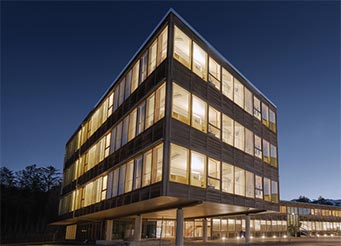
The use of timber, in terms of value, is still low, compared to other materials. The Malaysia Timber Industry Board (MTIB), as the government agency responsible for the overall development of the timber industry, is taking various steps to further encourage the use of timber in construction.
Europe and other developed countries have been using engineered timber products, such as glued laminated timber (glulam) and cross-laminated timber (CLT), for multi-storey buildings.
In Melbourne, Australia, for example, a 10-storey, 32-metre-high apartment building constructed in 2012 was made from CLT. An eight-storey building in Dornbirn, Austria, was constructed with CLT and glulam; the building was constructed within eight days—one floor per day—thanks to an industrialised building system (IBS). In the University of British Columbia, Canada, an 18-storey building, measuring 53 metres high, was made from engineered timber products in 2016.
BUILDING WITH GLULAM
In 2009, with the support of the Ministry of Plantation Industries and Commodities and the Public Works Department (PWD), MTIB constructed its first avant-garde engineered glulam building—Galeri Glulam Johor Bahru—which was 80 percent constructed from timber, with 39 sets of glulam portal frames as the main loadbearing structure. The total project cost RM24.06 million and spanned 3,716.48 square metres, comprising administration offices, multipurpose hall, design centre, and exhibition hall for timber and timber products.
As a spin-off from this pioneer project, several other projects have also used glulam. The Crops for the Future Research Centre in Semenyih used a total of 200 square metres of glulam, made from Malagangai timber, for its three domes—measuring 42 metres in diameter and 17 metres high.
Another success story was the glulam-constructed Malaysian Pavilion at Expo Milano 2015 in Italy, which was recognised as one of the top three pavilions among more than 70 others. The 2,047-square-metre pavilion was made from 240 metric tonnes of Keruing glulam and was visited by more than 2 million people in six months before it was dismantled.
Glulam has also been used as structural material in projects such as the boardwalk at the Pulau Kukup National Park in Johor, The Ritz Carlton Hotel in Langkawi, the Royal Malaysian Navy multipurpose hall in Lumut, Perak, as well as the restoration and repair of the timber roofing of Hospital Setiu, Terengganu.
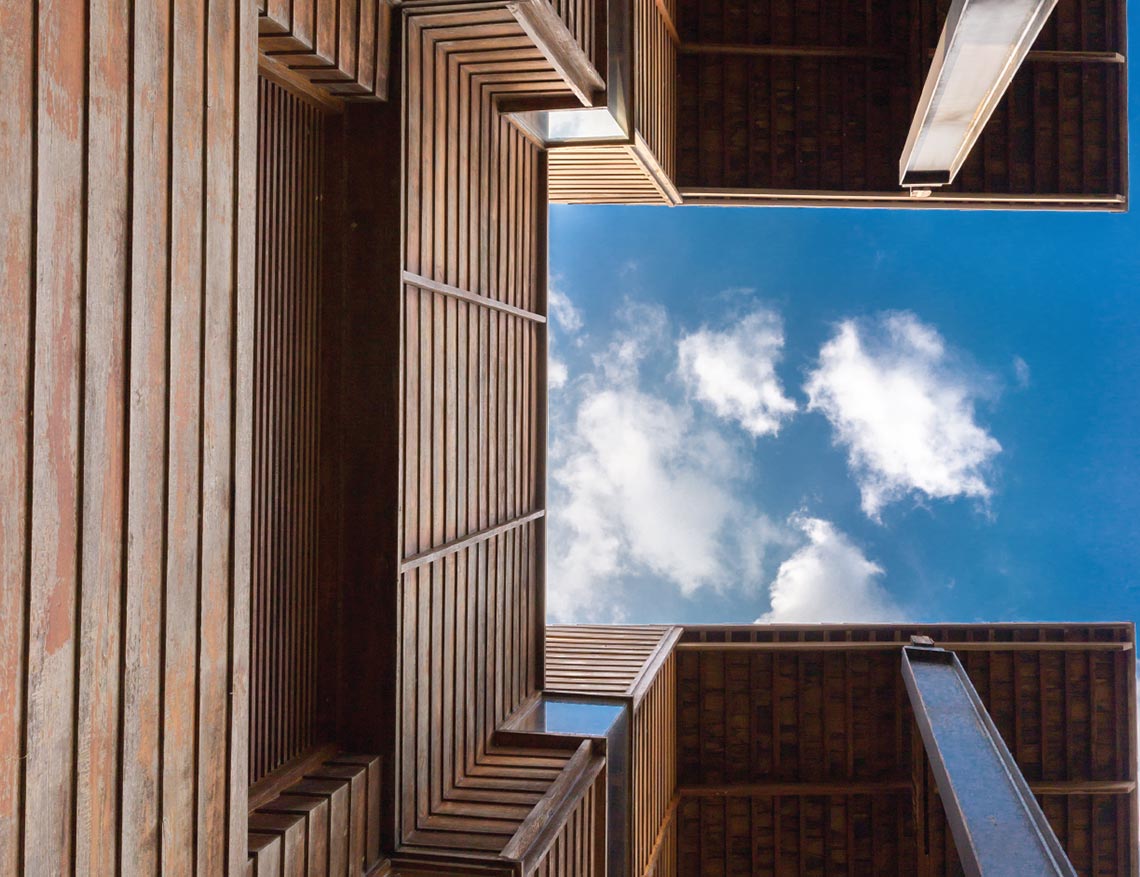
EDUCATION AND AWARENESS
Under the 11th Malaysia Plan, MTIB is carrying out a survey on the use of timber in construction in Malaysia and comparing it with benchmarking countries from Asia and Europe. The data gathered will be used to further promote the use of timber in construction in various applications in domestic and international markets.
MTIB has been working with industry players, higher learning institutions—such as Universiti Teknologi MARA (UiTM) and Universiti Putra Malaysia (UPM)—as well as the PWD and the Construction Industry Development Board (CIDB) to promote the use of timber in the local construction industry. Developed countries have been using engineered timber products, such as glued laminated timber and cross-laminated timber, for multi-storey buildings.
Since the early 1980s, MTIB has been running awareness campaigns and activities, such as conferences, seminars, courses and technical visits, for engineers, architects, developers and contractors. To expose industry players and stakeholders to the use of timber as load-bearing structures, MTIB organised technical fact-finding visits to advanced countries, such as Austria, where many public and private buildings are made from engineered timber products.
STANDARDS AND QUALITY
In Malaysia, I believe we can emulate advanced countries with the support from all related government agencies and regulators, such as the Fire and Rescue Department Malaysia (FRDM), PWD, CIDB, and the Ministry of Housing and Local Authority.
MTIB works closely with local and international research institutes in the development of current data and standards as references for specifiers, stakeholders, industries and authorities. For example, we must provide FRDM with sufficient data to fulfil its requirements that timber can withstand fire and change perceptions of timber as combustible materials. This data can be used to highlight the advantages of timber as construction materials from the perspective of fire resistance and lead to the review of the current performance requirements under the Uniform Building-by-Laws (UBBL) 1984 and Malaysian standards.
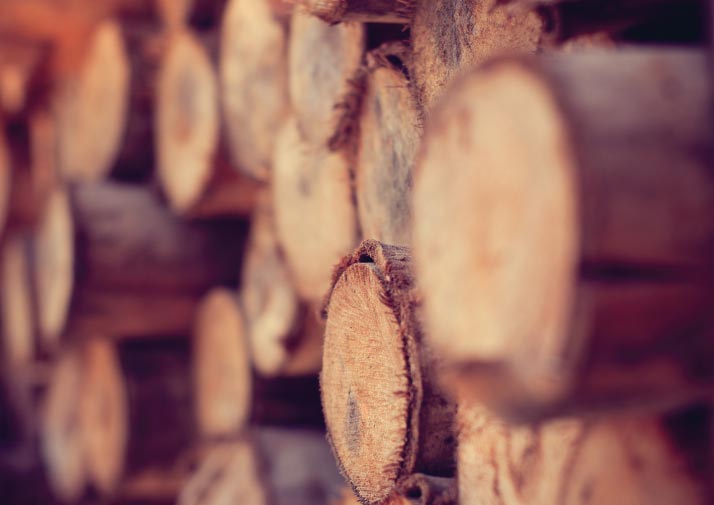 MTIB assists the Malaysian timber industry with research and development to ensure that the technical data for Malaysian hardwood is updated and complies with international standards requirements. This data will be used in the development of standards at the national and international/ISO level, in line with MTIB’s role as a Standards Development Agency for timber, timber products and timber structures. The data will also be used to list Malaysian timber in the European Standards (EN) so it can be promoted as structural timber in the international market.
MTIB assists the Malaysian timber industry with research and development to ensure that the technical data for Malaysian hardwood is updated and complies with international standards requirements. This data will be used in the development of standards at the national and international/ISO level, in line with MTIB’s role as a Standards Development Agency for timber, timber products and timber structures. The data will also be used to list Malaysian timber in the European Standards (EN) so it can be promoted as structural timber in the international market.
MTIB is also responsible for revising the National Occupational Skills Standard (NOSS) for Building and Joinery to ensure that it is relevant with the current industry requirements. Through its training arm, the Wood Industry Skills and Development Centre, MTIB carries out training for the timber industry and youths to ensure they have the skills and competencies to produce high quality products as specified in the standards.
 HAJAH NORCHAHAYA HASHIM
HAJAH NORCHAHAYA HASHIM
DEPUTY DIRECTOR-GENERAL MALAYSIA TIMBER INDUSTRY BOARD (MTIB)
Norchahaya graduated from University of Malaya with a degree in botany and joined MTIB as a wood utilization officer in 1984 and was subsequently attached to the technical division of the board for 10 years. She went on to pursue a Master of Forestry in Wood Science and Forest Products from Virginia Polytechnics Institute & State University, US, and returned in 1998 to serve in various other capacities before being appointed deputy director general in 2011. She sits on the board of trustees of the Malaysia Timber Council.

 Hong Kong
Hong Kong Singapore
Singapore Indonesia
Indonesia Tiếng Việt
Tiếng Việt ประเทศไทย
ประเทศไทย




